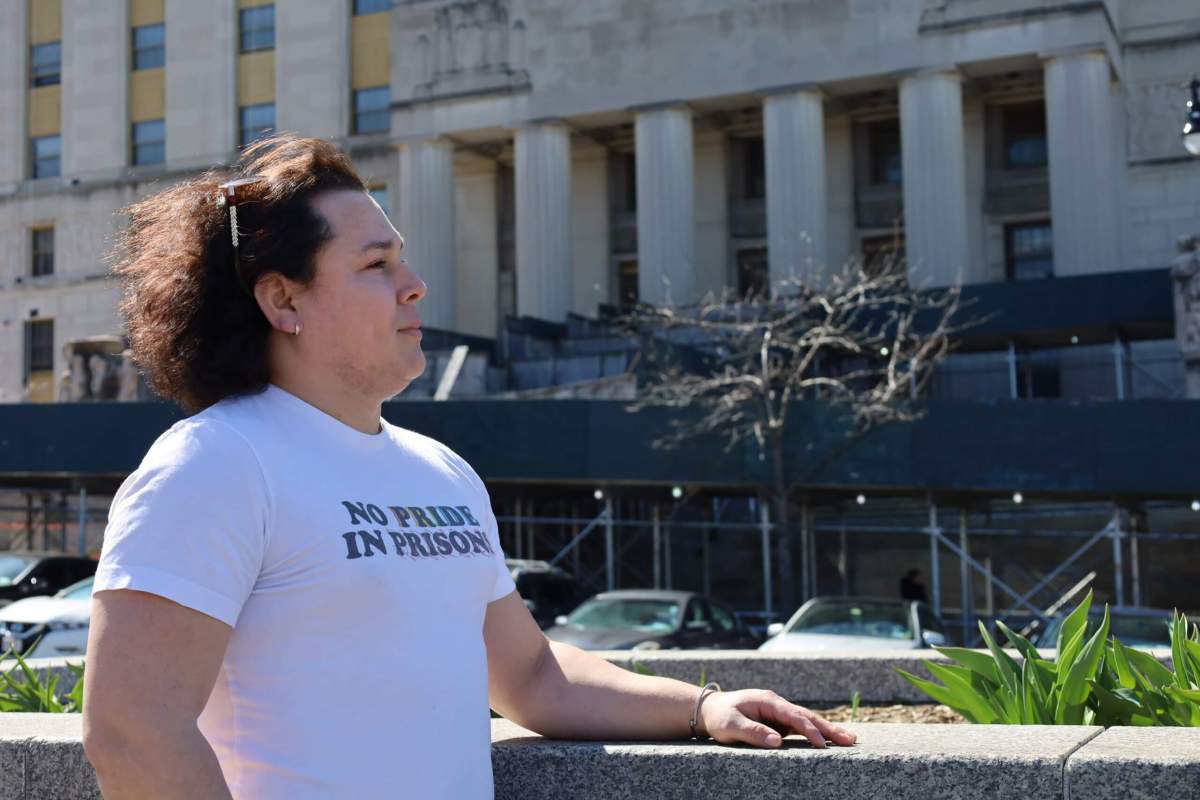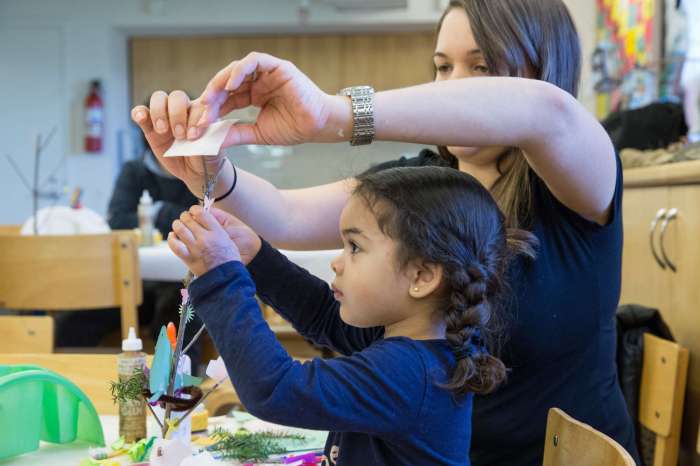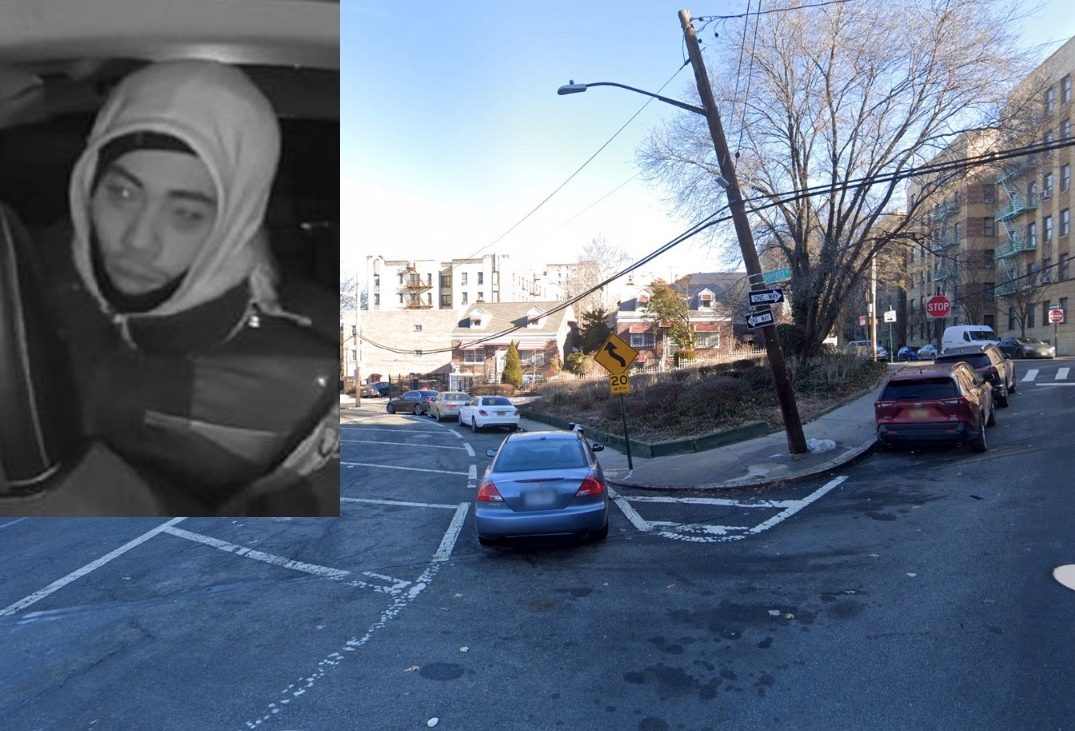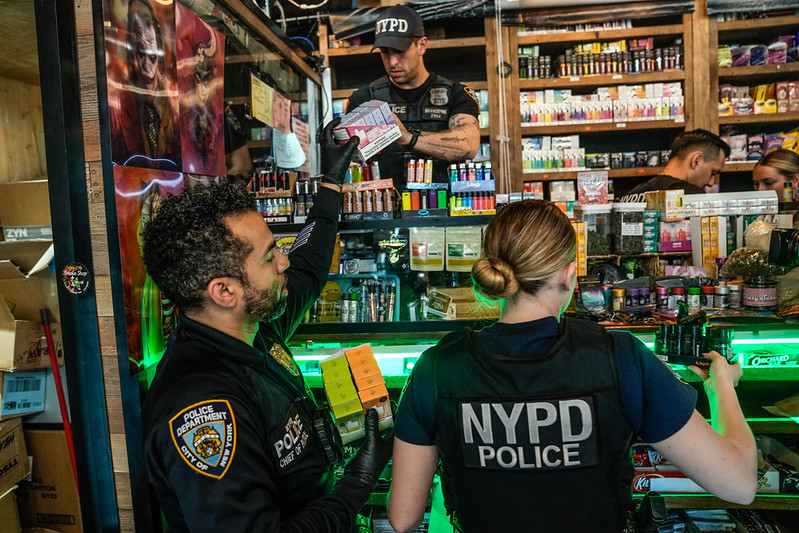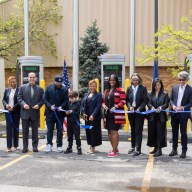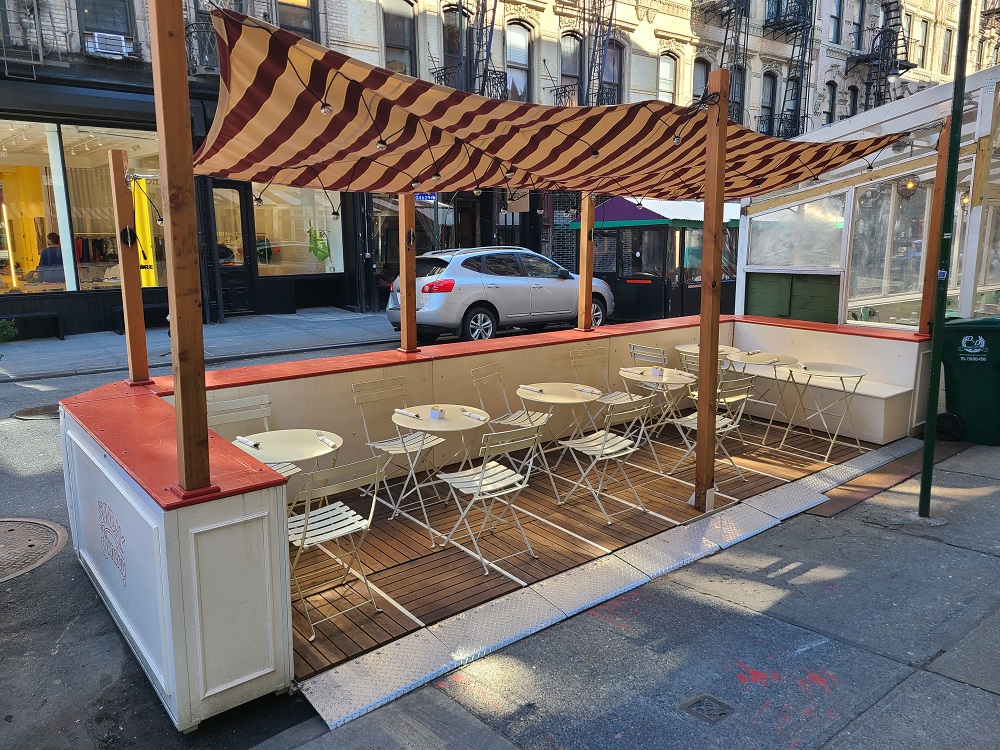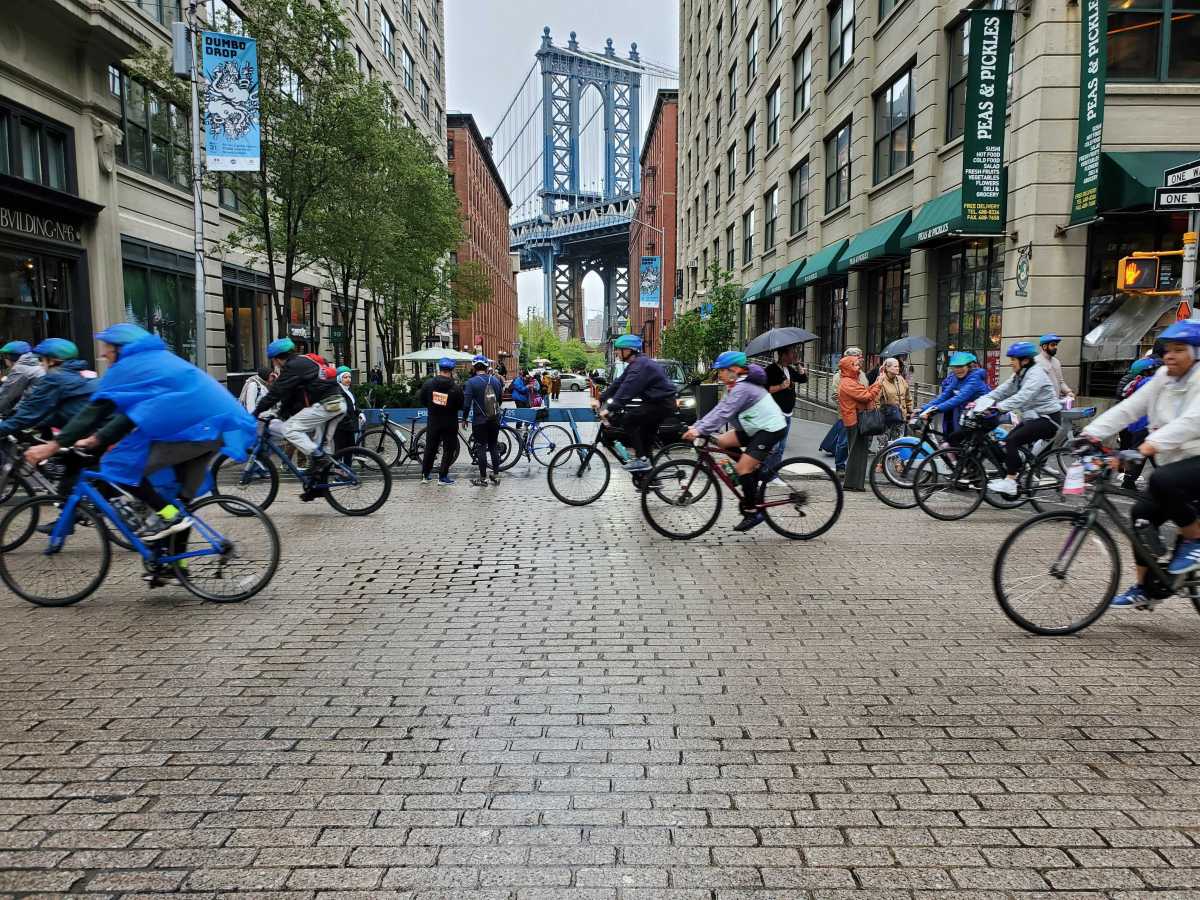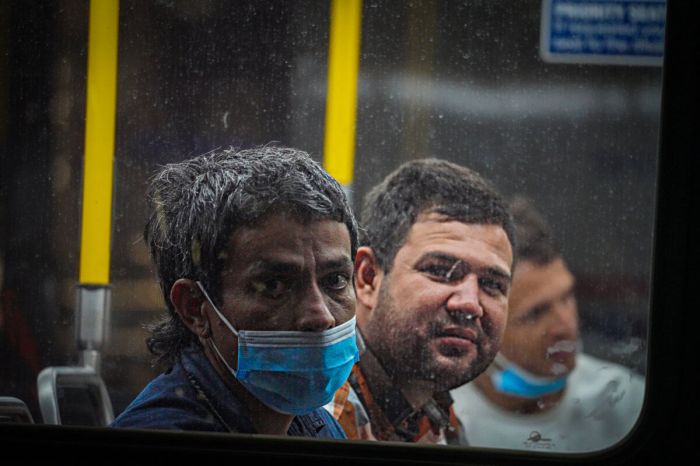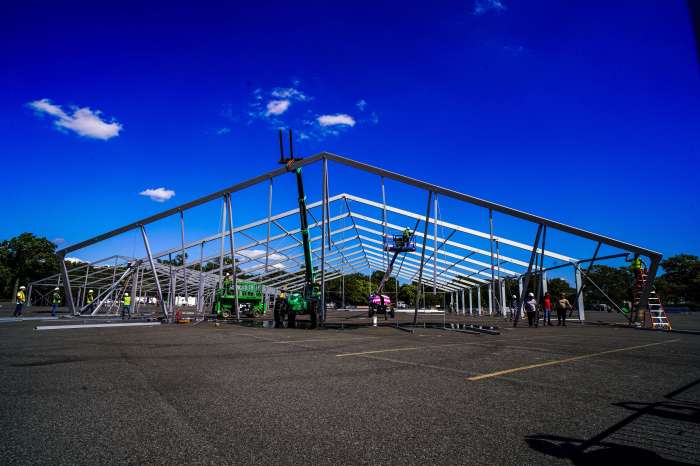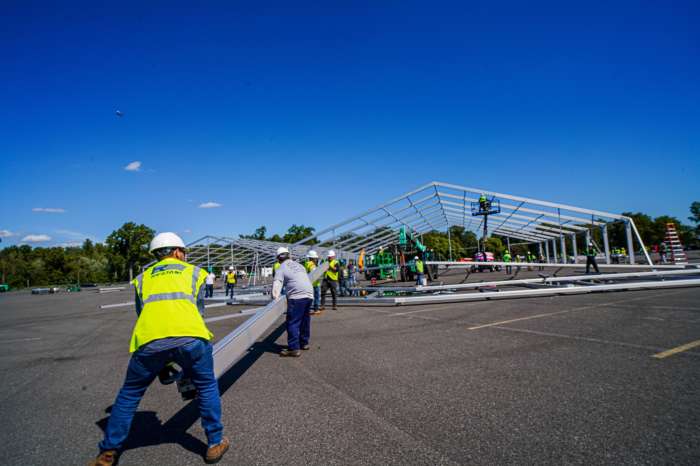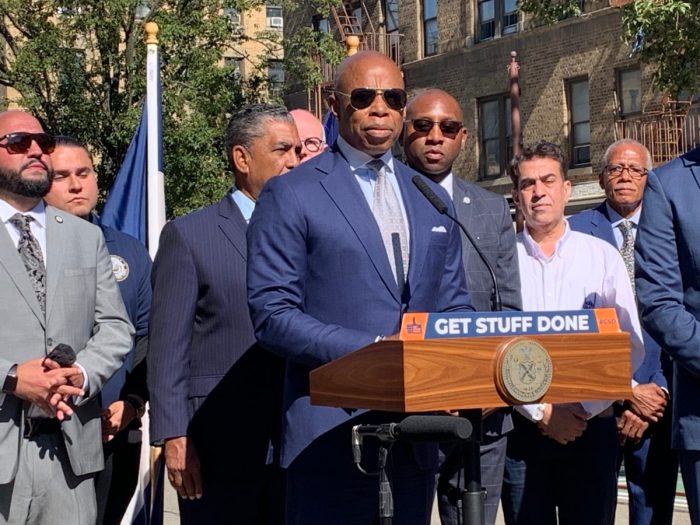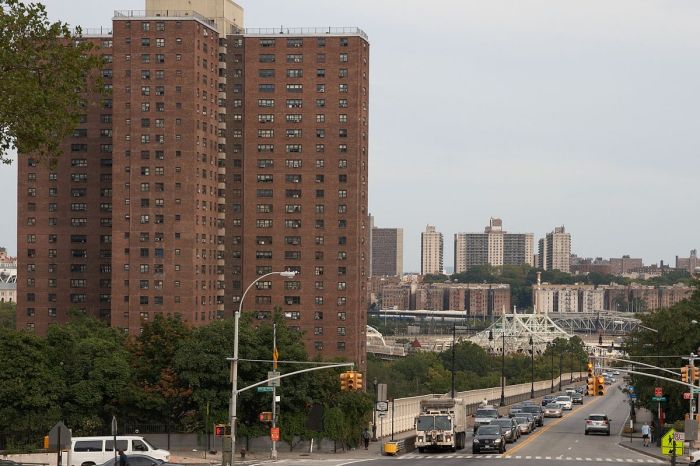When Bruneth Flores first came to New York City in 2021, she entered as a gay man. Now in her second stay in the big city, she’s walking the Bronx streets as a proud transgender woman.
For the first time in 38 years, Flores will celebrate Trans Visibility Day, an opportunity to embrace the woman she’s become, in spite of transphobia that led her to leave her native El Salvador in 2017. She hopes to earn a “crown” when she walks her first fashion show runway at the Trans Visibility Awards show in Corona, Queens on Friday night.
“For me, it’s very symbolic because it’s my first time being in NYC in front of so many people as my true self, as a woman.” said Flores, who admitted that she’s also nervous.
Visibility is important for Flores.
In many ways, she’s often felt invisible with regard to her status as a transgender woman and as an immigrant attempting to achieve permanency in the United States. Flores’ immigration status — a temporary paperless stay granted to her from Mexico — comes to an end in May, and for roughly 11 months she’s been unable to find legal representation in her immigration case.
Flores is one of the many invisible cases of immigrants seeking asylum and permanency in efforts to afford a new life in America, but lack legal representation to navigate the city’s complex immigration process. Her story isn’t an uncommon one, particularly for trans women seeking asylum.
“My story is not the only one, there are 100s of trans women with a story like mine,” Flores said. “It’s so difficult. Someone says, ‘here’s a list of lawyers you can talk to,’ but no one wants to take my case.”
The National Center for Transgender Equality estimates that there are currently between 15,000 and 50,000 undocumented transgender immigrants living in the U.S. Those numbers are hard to estimate, as many people are reluctant to self-report as transgender due, in part, to fear of maltreatment by U.S. Immigration and Customs Enforcement officials and the persecution they faced at home.
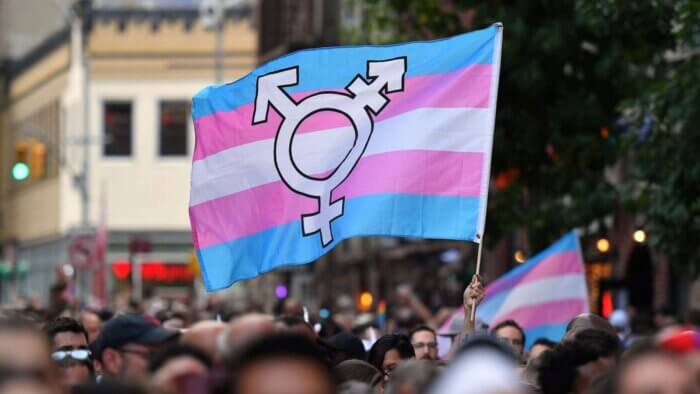
Joaris Hernandez, a Salvadorian trans woman who also lives in the Bronx, has also not found legal representation in the three years she’s been in the city. Like Flores, Hernandez has been unable to submit a work permit or fight her immigration case, as she has found efforts to obtain a lawyer equally unsuccessful.
New York has a backlog of more than 190,000 pending immigration cases and, of those, more than 65,000 individuals lack representation. The Bronx has the third-highest volume of immigration cases, however, just under 7% of those individuals will access legal representation in court.
On March 31, 2021, Flores received her I-94 visa — which doesn’t allow recipients to work or receive any services except shelter — and got permission to cross the Mexican border. But the three months she spent in New York City, she says, made her depressed as she struggled to find a lawyer or secure permanent housing, ultimately deciding to go back to Mexico.
In May 2022, when Flores was granted her temporary stay to return to the U.S. and made her way to El Paso, Texas, she was arrested for being undocumented. Her detainment was 26 hours, including a foil blanket to sleep on, and a trip to immigration court sans legal representation before making her way back to New York City.
Legal experts tell the Bronx Times, individuals who lack representation are forced to represent themselves in court against trained government attorneys.
While Flores sympathizes with the city’s overworked immigration lawyers — some who are juggling more than 100 other cases — she fears deportation to Mexico if she’s unable to find legal assistance in a few months.
Seeking asylum, seeking security
With the state’s budget expected to be delayed past the April 1 deadline, immigration advocates are hoping that a first-in-the-nation bill — The Access to Representation Act — creating a right to counsel for immigrants facing deportation, can cross the finish line. An ACLU report suggests immigrants in detention with legal representation are 10 times more likely to win their right to remain in the United States.
The process to seek asylum is complex, immigration lawyers tell the Bronx Times. Recent NYC arrivals have to file their asylum applications in immigration court, but this can’t be done, those familiar with the process say, by simply submitting a paper application.
There’s a court date with an immigration judge, some set months in advance. Then there’s a 150-day waiting period before an individual can apply for their work permit, however, applicants are not eligible to receive a work permit until their asylum application has been pending for at least 180 days.
Immigration advocates have long called on Congress to eliminate, or at least shorten, these statutory waiting periods.
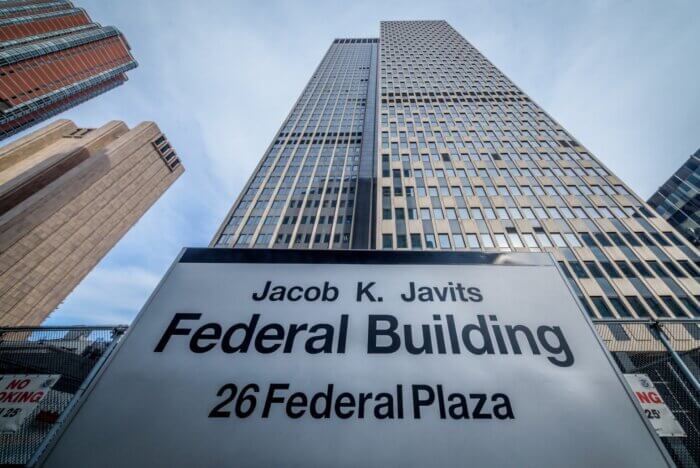
Flores lived life as a male exotic dancer at Salvadorian nightclubs, but soon gave that up to live with her mother, who passed in 2015.
“I said, ‘well, it’s been two years since my mom died, it’s time to reclaim my personal identity’,” Flores said. “Then that’s when I started going to the bars and nightclubs as a woman.”
Before her 2021 transition, Flores felt the sting of transphobia and Central America’s “machismo” culture that soon planted the seed to leave her native land. In 2017, Flores was the target of Salvadorian gangs — who attacked her, surveilled her and pressured her to work as a mule for them trafficking rock cocaine.
Flores said she refused because she knew about the consequences of being a mule and that one could never leave willingly. But refusal, meant that her loved ones would start disappearing.
Seeking refuge, Flores fled for Mexico from her native El Salvador the next day, an arduous journey that required a bike and a makeshift boat with $87 to her name. Her time in Mexico, she described as dysphoric, working odd jobs such as lugging wood “like a man,” while making the equivalent of $20 per week.
She soon received a four-year residency to stay in Mexico, before meeting a lawyer on Facebook who was helping queer immigrants find a pathway to New York, with the hope of eventual permanency in the U.S.
In America, Flores has found a “more open-minded” country than the nations she’s left behind, but acknowledges pockets of anti-transgender sentiment still exist.
This year, U.S. state lawmakers introduced 435 bills that aim to restrict fundamentals like health care, education and the freedom of expression for LGBTQ+ people — despite 54% of the American public opposing these measures, according to a PBS NewsHour/NPR/Marist poll.
Amid the strain of what’s to come of her asylum-seeking status and the fear of looming deportation, Friday night’s fashion runway will be the safest and truest she’s felt in years. Flores hopes that a sisterhood of other asylum-seeking trans woman can walk these New York streetways and runways, without the fear of being deported and living in invisibility.
“The message I have for the community is to keep trying. Keep raising your voice and keep demanding the government to approve more benefits and more money, so there are more lawyers in this space,” she said. “Because we’re not just part of the LGBTQ community, but also part of the migrant community. If we had more lawyers, they wouldn’t be so overwhelmed, and my case could be processed quicker.”
Reach Robbie Sequeira at rsequeira@schnepsmedia.com or (718) 260-4599, and ET Rodriguez at etrodriguez317@gmail.com.
For more coverage, follow us on Twitter, Facebook and Instagram @bronxtimes

